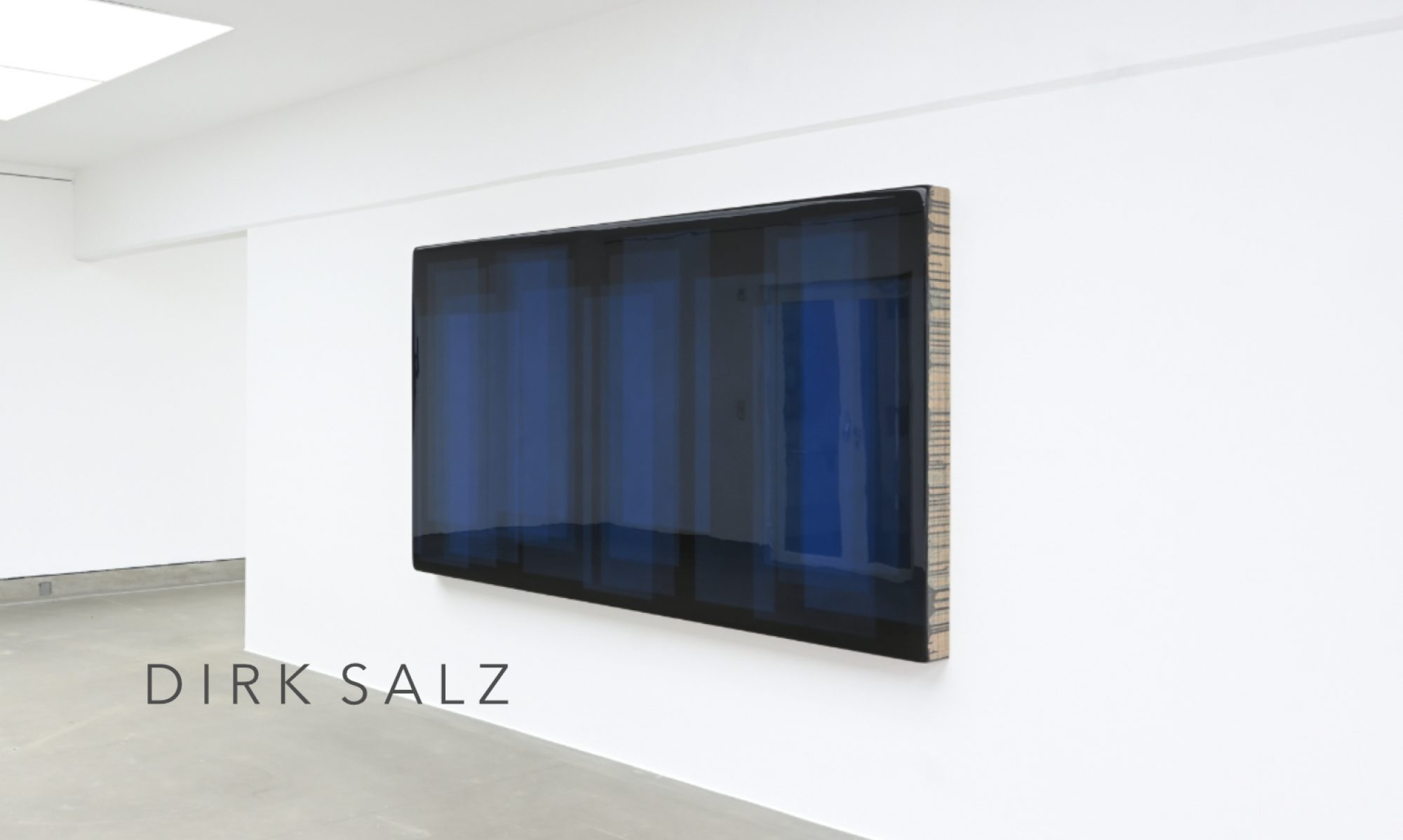In the nineteenth century the drawing rose in the estimation of the art world. Collectors became increasingly interested in the medium, and fragmentary, incomplete linear compositions were considered particularly appealing and aesthetic. A transformation occurred: the drawing was no longer thought of as a preliminary study or a sketch, but as an artistic genre of its own. The line developed into the artist’s handwriting, as it were, and a profound exploration of this creative means began.
As a fundamental element of creative expression, the line achieves to create in its sum: adding lines – putting them next to one another or multiplying them – produces hatching, which can be made denser and turned into shading, resulting in plasticity. In certain works of art, such as the Bildnis eines alten Mannes mit Tabakpfeife und Stock (Likeness of an Old Man with a Tobacco Pipe and Stick, undated) by Albert Anker (1831–1910), the process is deliberately left to the imagination. Lines in some spots are carefully condensed, allowing the facial features and figures to look extremely natural. In other areas of the picture, however, the pencil strokes are fewer and simply indicate contours. The contrast between these two different levels of execution lends intense tension to the works. The viewer is challenged to imagine how the lines would continue, and thus become aware of the process of drawing. Art historians call this creative device non finito, a concept that goes back to the fifteenth century.
Expressionist artists such as Erich Heckel (1883–1970) or Albert Müller (1897–1926) used just a few lines as an explicitly creative means to take the principle of non finito to its limits. The subject of the drawing is translated into a drawing made up of a minimal number of lines that still allow the motif to be recognized. Expressive, rapid, yet precise strokes turn figures and scenes abstract, with just a few features. Strong and delicate lines navigate form, break up, and begin again out of nothing.
In abstract art in general, but specifically in Concrete Art, lines became a major motif along with other basic elements. In 1926 Wassily Kandinsky (1866–1944) defined the line in his theoretical treatise Point and Line to Plane as “the track made by the moving point; that is, its product. It is created by movement – specifically through the destruction of the intense self-contained repose of the point. Here, the leap out of the static into the dynamic occurs.” Through movement, the line has the power to express emotions, which Kandinsky described as sounds and forces. The line can be powerful, uncertain, cheerful, cutting, spontaneous, static, calm, or curving. No other geometrical form is able to depict emotions through this kind of reduction.
In # z166 (2016) by Dirk Salz (*1962) or Billy Mill Roundabout (undated) by Damien Hirst (*1965), the line itself is the focus. The purely abstract, linear constructions made up of straight lines and circles are characterized by a strong exploration of temporality and visual experience. The delicate lines run across the paper in an even, repetitive, practically hypnotic movement, so that the images almost seem to flicker if you look at them long enough.
Experimental treatments of the line can be seen in the works by Heinz Mack (*1931) and Richard Long (*1945). In Mack’s piece Untitled (1986) the vertical lines dissolve and scatter across the paper like delicate billows of smoke. In his River Avon Mudd Drawings (1989) Long experimented with the line drawn by nature by laying paper down in a riverbed and allowing the tides to flow over it. In contrast to his Land Art actions – such as A Line Made by Walking, England (1967), in which he himself left behind lines in nature – Long creates a counterpart here, allowing the muddy water to draw the lines on paper. The traces, not made by any human hand, form a parallel, irregular construct of lines characterized by randomness, where nature itself is the artist.
Works on display by: Albert Anker, Cuno Amiet, Ernest Biéler, Ignaz Epper, Stéphanie Guerzoni, Rudolf Häsler, Erich Heckel, Damien Hirst, Richard Long, Albert Müller, Heinz Mack, Dirk Salz, Rudolf Urech-Seon, Hildegard Weber-Lipsi, and others.
